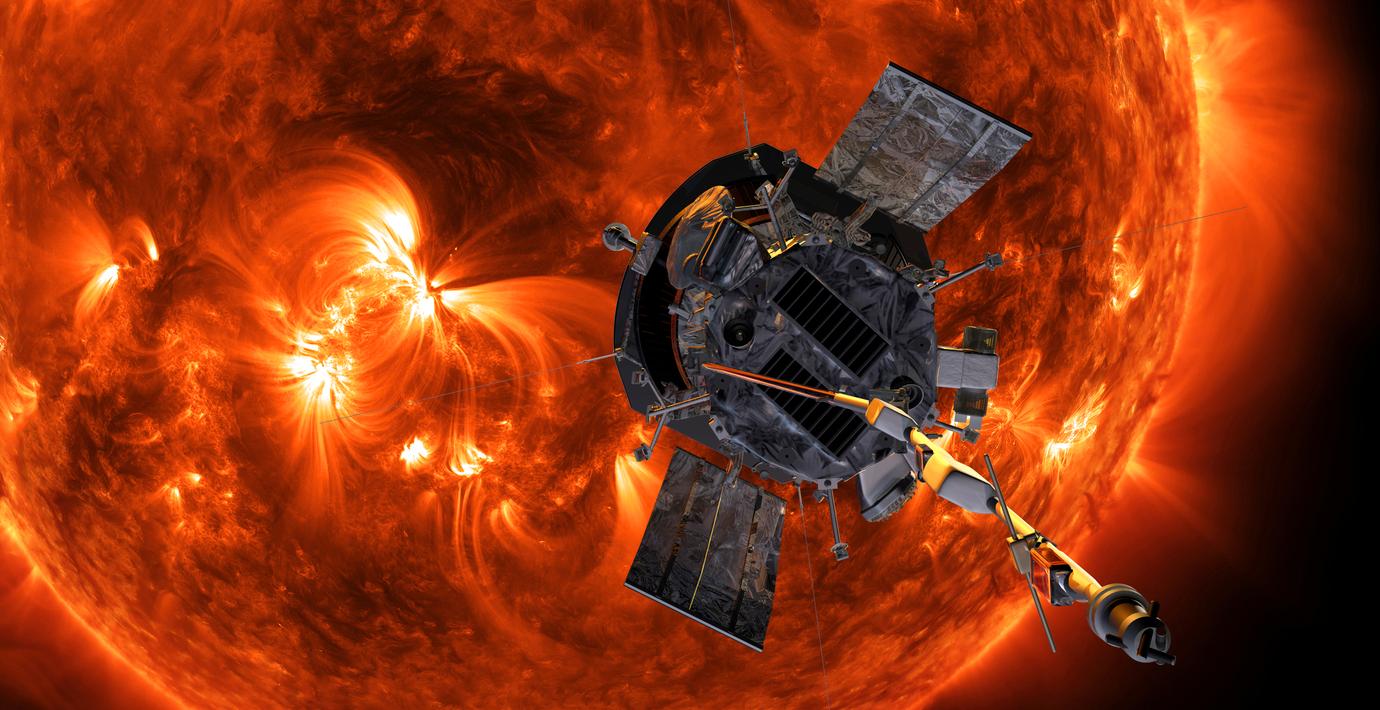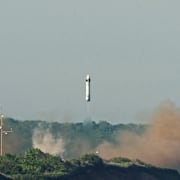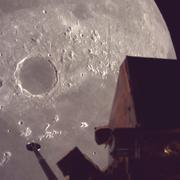bakgrund
Parker Solar Probe
Wikipedia (en)
The Parker Solar Probe (PSP; previously Solar Probe, Solar Probe Plus or Solar Probe+) is a NASA space probe launched in 2018 with the mission of making observations of the outer corona of the Sun. It will approach to within 9.86 solar radii (6.9 million km or 4.3 million miles) from the center of the Sun, and by 2025 will travel, at its closest approach, as fast as 690,000 km/h (430,000 mph) or 191 km/s, which is 0.064% the speed of light. It is the fastest object ever built on Earth.
The project was announced in the fiscal 2009 budget year. Johns Hopkins University Applied Physics Laboratory designed and built the spacecraft, which was launched on 12 August 2018. It became the first NASA spacecraft named after a living person, honoring physicist Eugene Newman Parker, professor emeritus at the University of Chicago.
A memory card containing names submitted by over 1.1 million people was mounted on a plaque and installed below the spacecraft's high-gain antenna. The card also contains photos of Parker and a copy of his 1958 scientific paper predicting important aspects of solar physics.
On 29 October 2018, at about 18:04 UTC, the spacecraft became the closest ever artificial object to the Sun. The previous record, 42.73 million kilometres (26.55 million miles) from the Sun's surface, was set by the Helios 2 spacecraft in April 1976. At its perihelion on 27 September 2023, the PSP's closest approach was 7.26 million kilometres (4.51 million miles), reaching this distance again on 29 March 2024. This will be surpassed after the remaining flyby of Venus.
On 24 December 2024 at 11:53 UTC, PSP is due to make its closest approach to the sun so far, coming to a distance of 6.1 million km (3.8 million miles) from the surface. If it survives the manoeuvre, it is expected to transmit a status update back to Earth on 28 December, due to arrive at 05:00 UTC.




